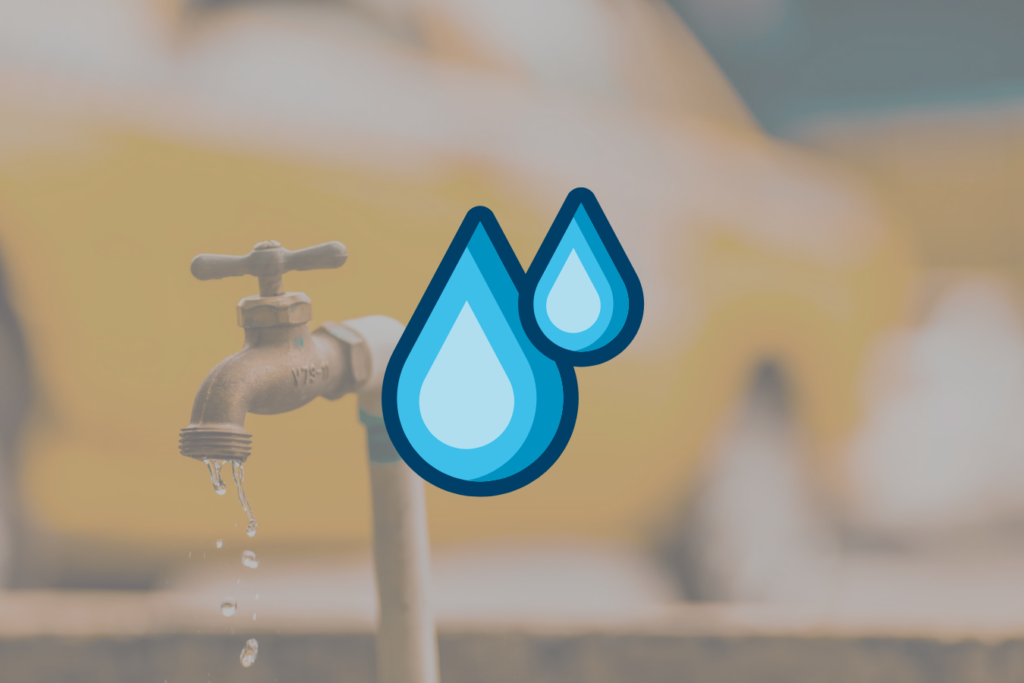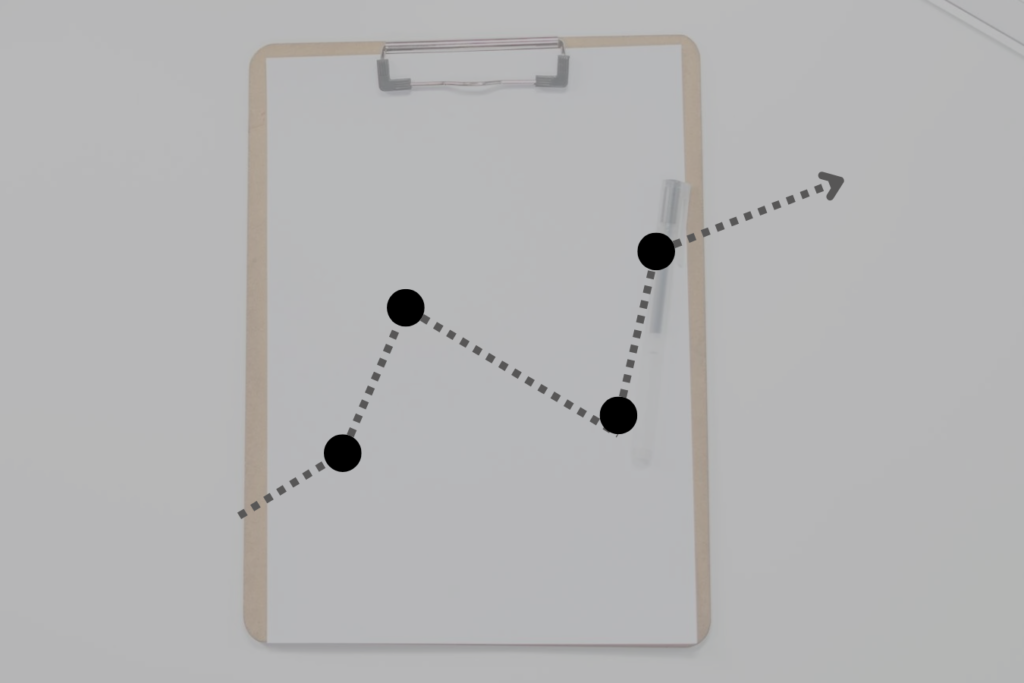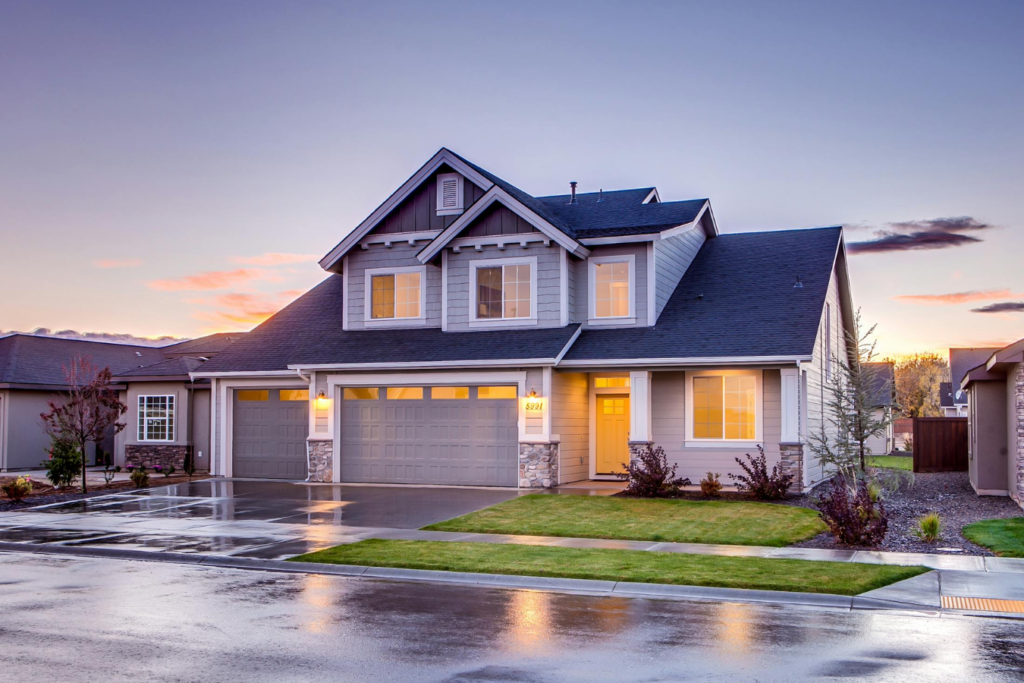Introduction
Mold is a common issue that many homeowners face, but its presence and growth can sometimes be overlooked causing a bigger issue. Whether it’s caused by high humidity, leaks, or poor ventilation, mold can pose serious health risks and damage to property if left untreated. Understanding how mold develops, the potential risks, and how it can be effectively handled is key to maintaining a healthy living space.

How Does Mold Develop?
Mold thrives in damp, warm environments growing by releasing microscopic pores into the air, then settling on other surfaces. Some of the most common places mold forms include bathrooms, basements, and areas with water damage. Mold is more common in southern states where the air tends to be more humid. That said, mold can become an issue in any state emphasizing the importance of periodic inspections.

The good news is that mold does not simply appear out of nowhere… it requires a source of moisture to grow. That said, this moisture can come from many sources, including leaking pipes, flooding, roof leaks, poor ventilation, or even condensation in poorly insulated areas. Once it begins to grow, mold can continue spread and grow quickly, making early detection and proper remediation crucial.

Risks of Exposure
Exposure to mold spores can cause a variety of different health issues, particularly for individuals with respiratory problems, allergies, or weakened immune systems. Common symptoms of mold exposure include:
- Coughing and sneezing
- Itchy and/or watery eyes
- Skin rashes
- Nasal congestion
- Worsened asthma or other respiratory conditions

Although many of these symptoms can also be caused by other things. Long lasting cold-like symptoms could be a sign of repeated mold exposure. For those with mold allergies, even small amounts of exposure could trigger a severe reaction.

Steps To Handle a Mold Issue
It is always best to have a professional remediate larger mold-related issues to ensure the best chance of the issue being gone and not returning. Although different strategies are employed in mold remediation a few general steps are taken such as:
- Inspection and Assessment
- This is conducted to analyze the damage. Specialized firms can use advanced technology to detect issues and help brainstorm the most effective solution for the issue at hand.
- Containment and Air Quality Control
- After identifying the contaminated area, it is critical to then isolate the area to prevent future spread and begin air filtration to remove airborne spores.
- Removal
- Then comes the removal process of the existing mold. This is generally done using specialized cleaning equipment and cleaners to ensure the space is clean. In some extreme cases, the contaminated area may have to be removed to remediate the area.
- Drying and Dehumidification
- To prevent new growth going forward, the next phase is to ensure the area stays dry going forward. Improving ventilation, installing humidifiers, and repairing leaks are a few strategies that may be implemented to ensure things stay dry going forward.
- Prevention
- The final step is a continuation of the last which is to ensure the issue does not come back in the long run. These recommendations vary based on the circumstances at hand.

Conclusion
Mold can be a serious issue in both the health issues it can cause and the damage it causes to property. Understanding how mold develops, how to identify its risks, and the proper steps to handle it can help to maintain a safe and healthy living environment. Whether its minor spots or a major infestation, working with a company that can help you properly and affordably remediate the affected area can help you to ensure you have a healthier living space.


